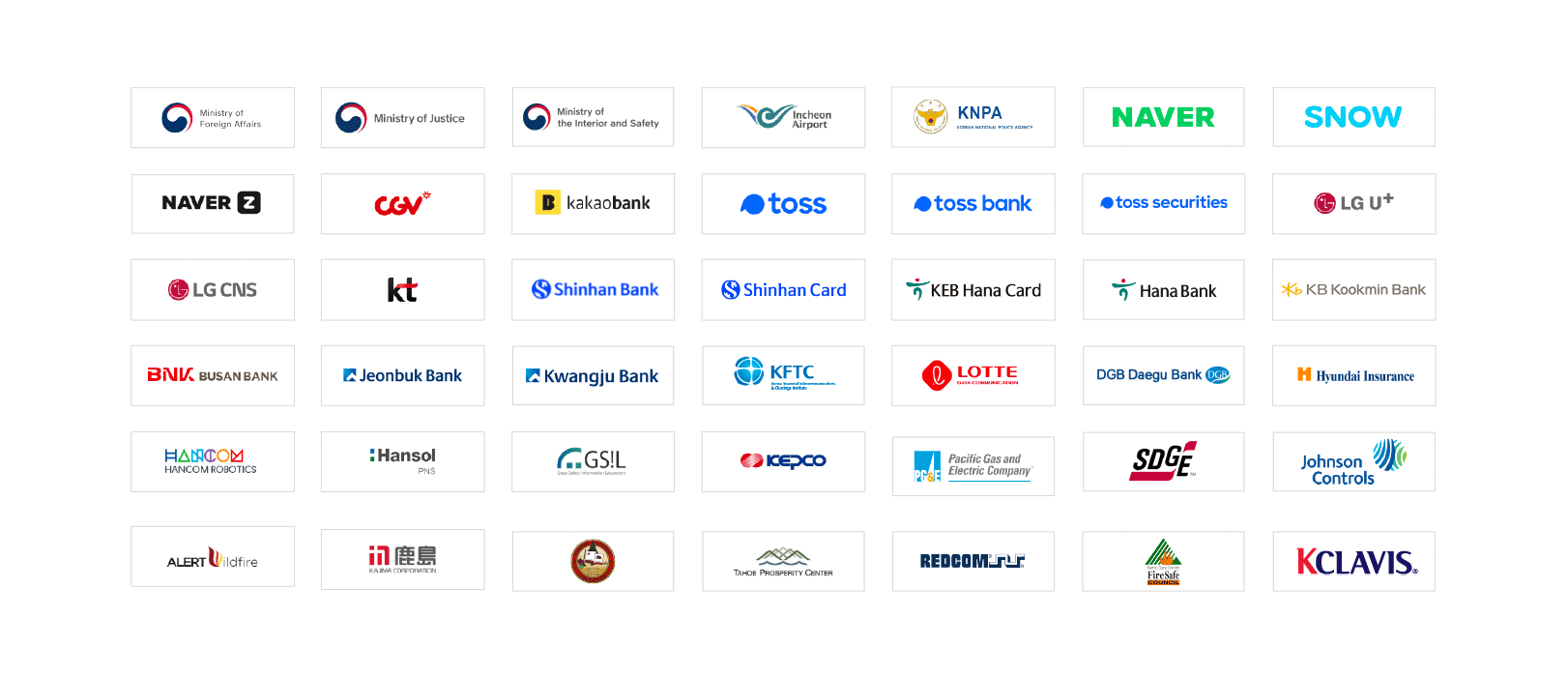What is the NEXT Killer App? #1
ALCHERA
November 21, 2022
November 21, 2022
Are you aware of killer applications? A killer app is a powerful, innovative application that dominates the market by pushing out existing products and services. Killer apps are revolutionary – They not only shift the market but also change people’s lives. From the days of beepers to the time of feature phones, to the world of 5G smartphones, people have chosen killer apps that make their lives better.
Q: What is the NEXT Killer App?
Alchera: Face Recognition technology.
The era of unlocking a phone by entering a four-digit password is distant history. Now, face recognition technology such as Apple’s iPhone Face ID and Microsoft’s Windows Hello has emerged as a substitution for multi-digit passcodes.
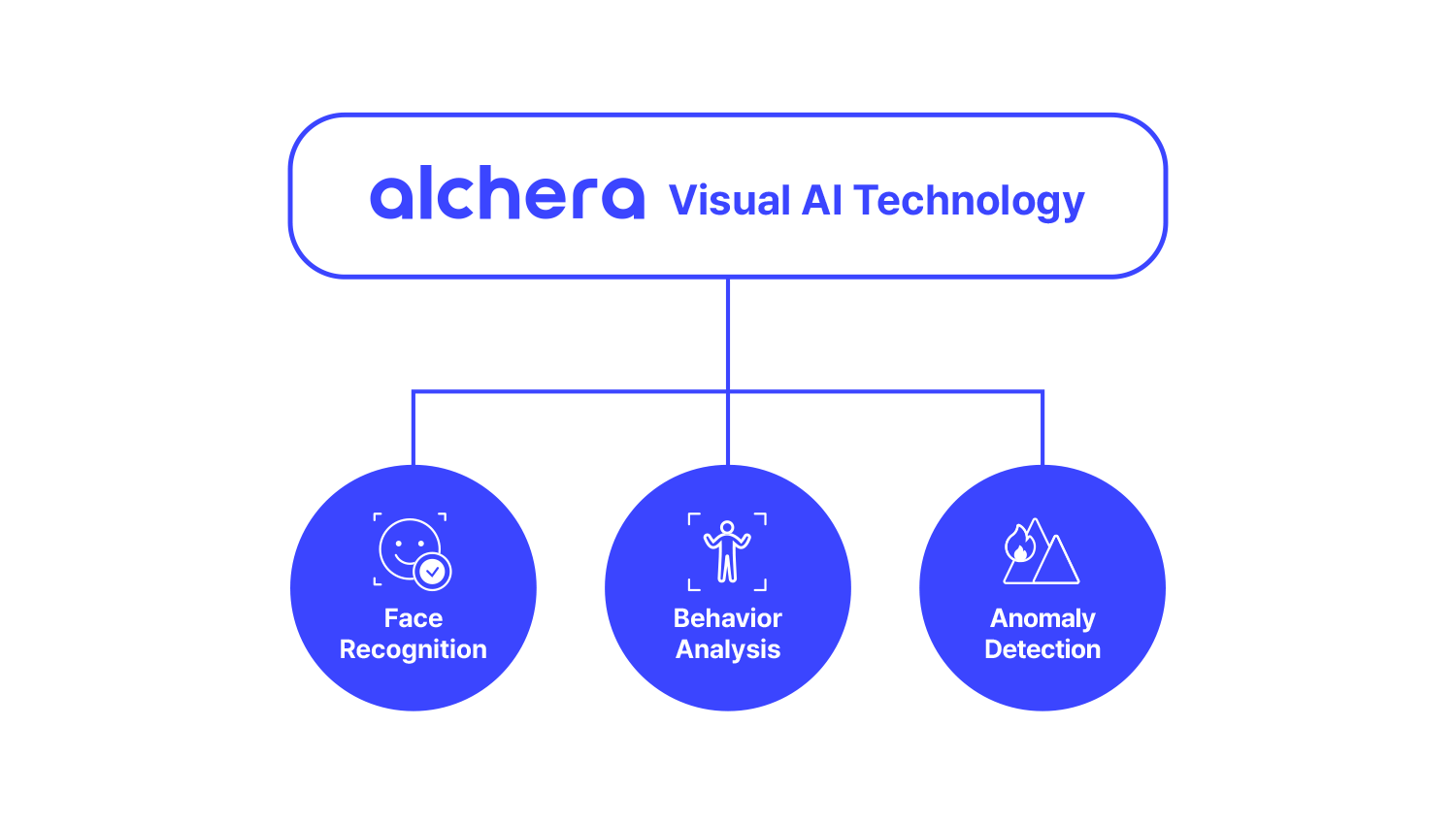
Face Recognition is a sub-concept of image recognition, also known as Visual AI technology. Alchera’s Visual AI technology focuses on three different categories: Face recognition, behavior analysis, and anomaly detection.
Visual AI is a technology that uses AI to recognize and analyze input images through devices to derive necessary information. For example, numerous CCTVs around us capture and record a variety of subjects – from inside and outside a building, from animals to people to objects such as cars on the road. Face recognition recognizes and finds a specific person in these videos in real time.
Now, let’s further discuss the process of face recognition technology.
Face Recognition Technology
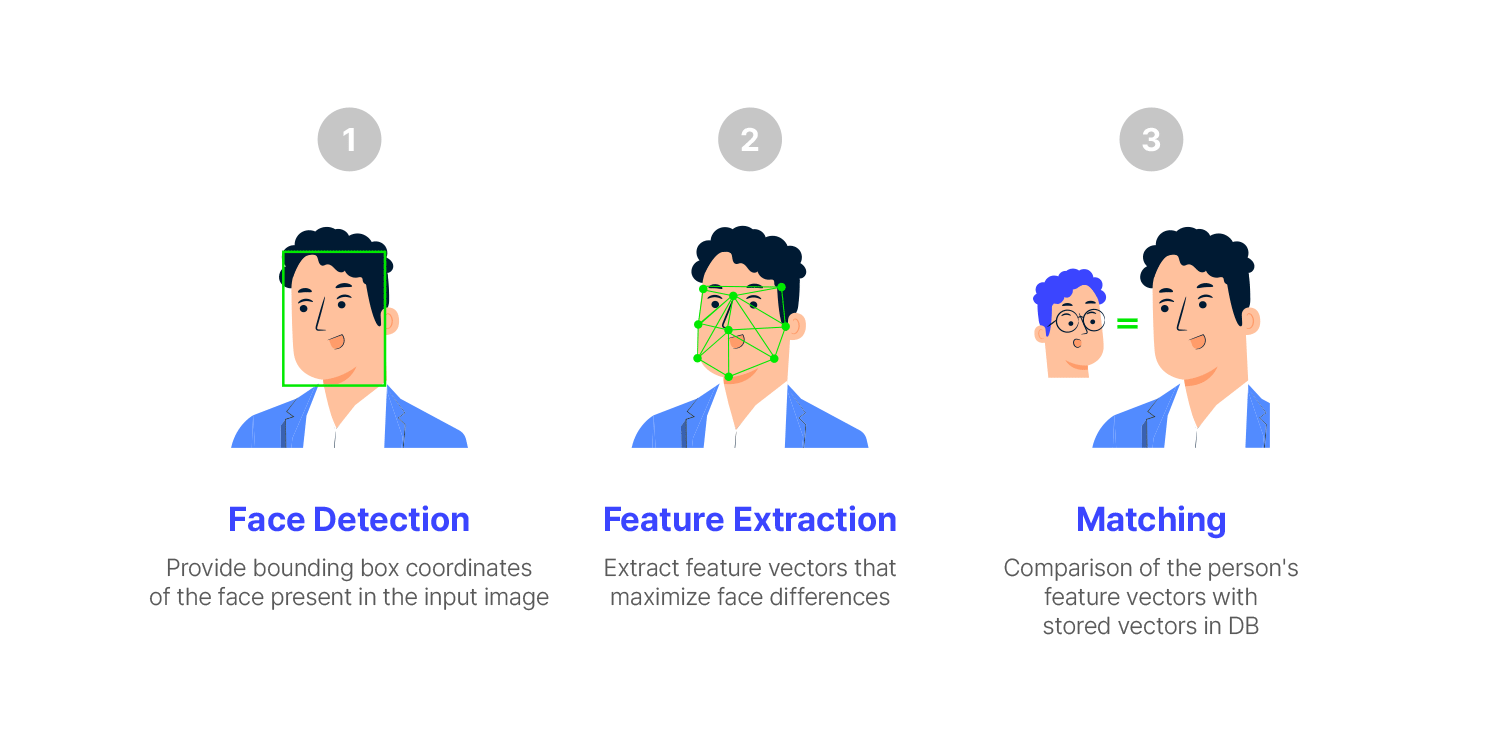
The face recognition process is divided into 3 main consecutive processes that compare against features stored in the database (DB):
1. Face detection, 2. Feature Extraction, and 3. Matching.
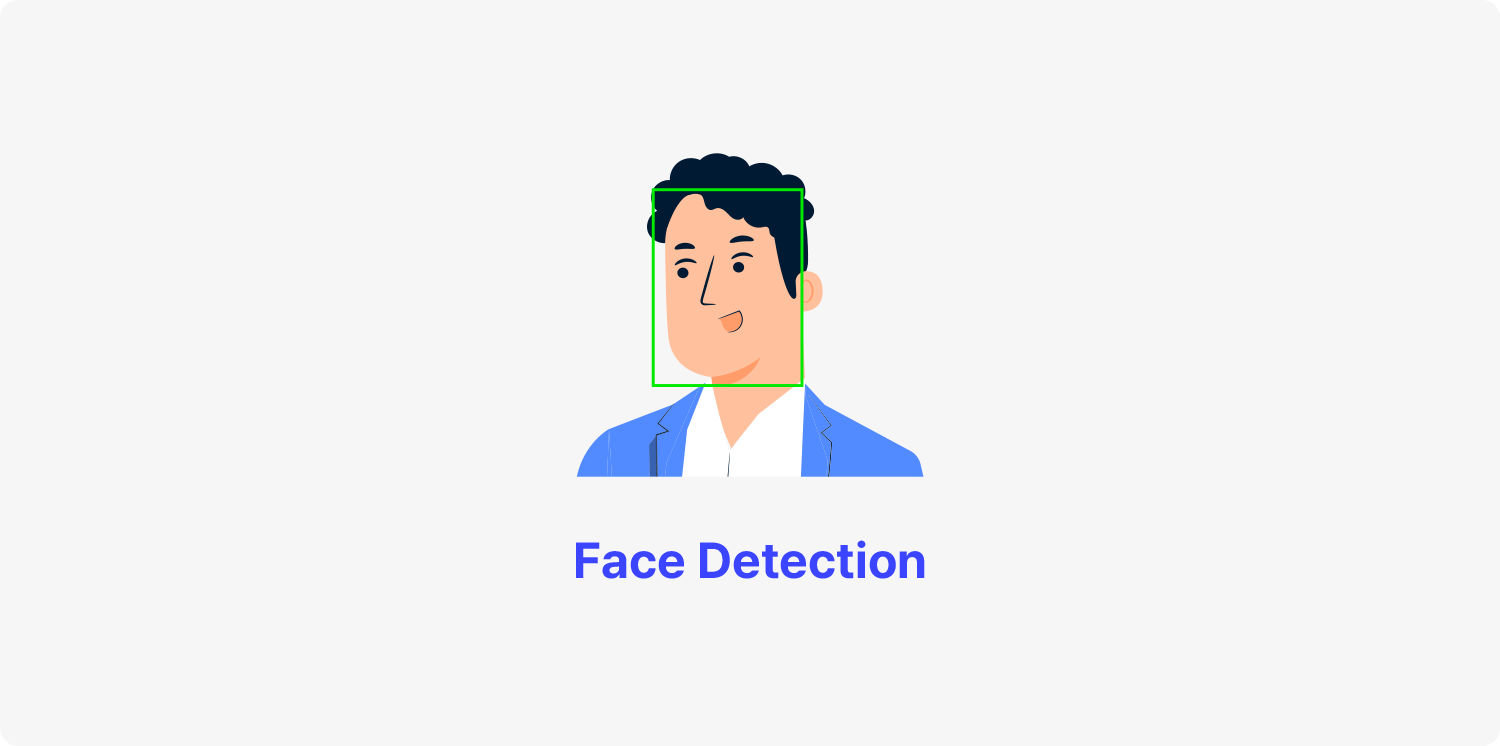
1. Face Detection
AI detects a face through an input image. Upon successfully detecting a face, AI uses further inspection through liveness detection in order to eliminate any attempts at forgery or disguise. To verify that a person is present and live, 106 coordinates of information about the major areas of the face are extracted as landmarks. Using these landmarks, face alignment is performed by estimating facial pose information such as Yaw, Roll, and Pitch. Face images taken in various poses are unified into a front-facing position by adjusting the angles of the image.
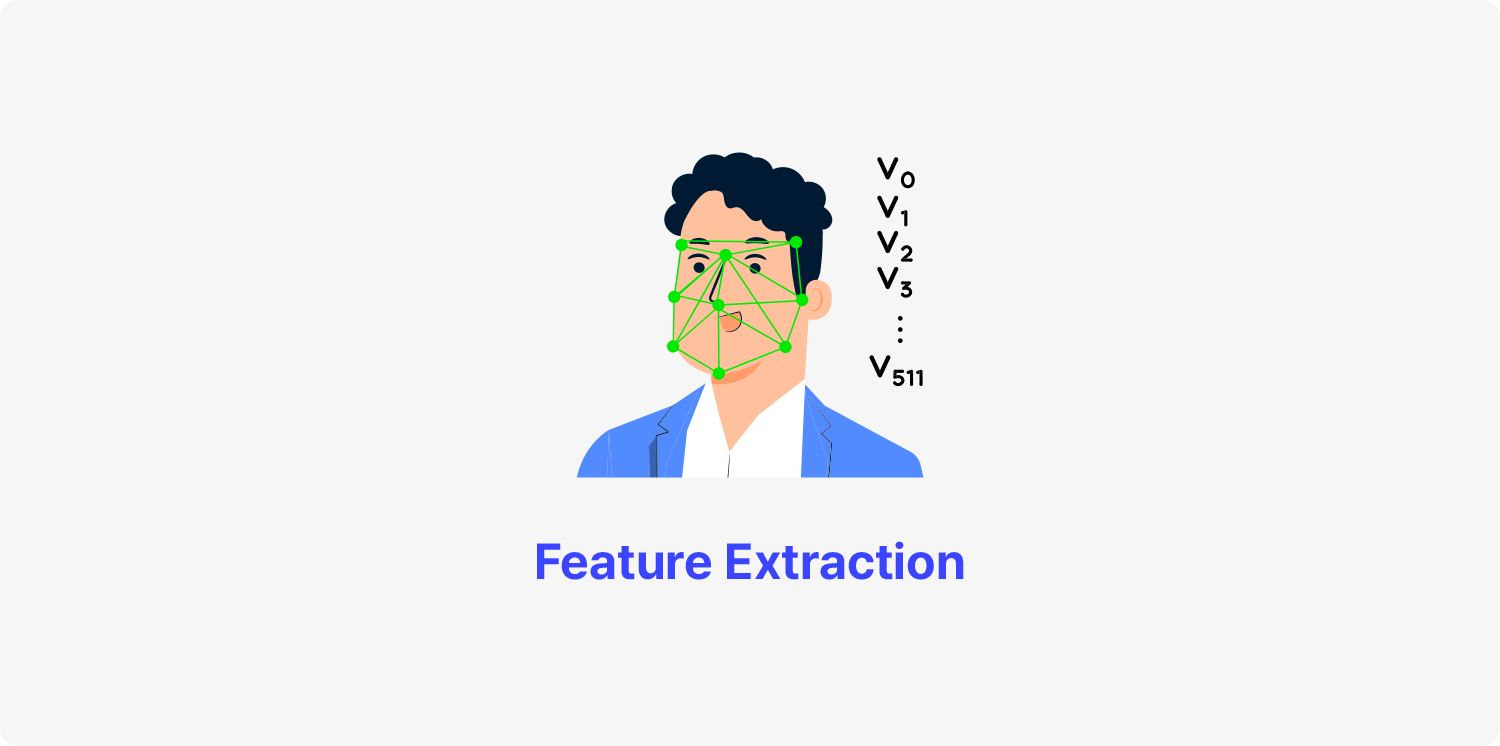
2. Feature Extraction
Facial feature vectors are a value that defines feature points as multiple numbers with size and orientation in space. Feature extraction converts unique features to optimal feature vectors. These face feature vector values are different for each individual and are stored in the database. The values stored in the database become a person’s unique ID according to face uniqueness.

3. Matching
Matching is the task of comparing the feature vector of a person who performs real-time face recognition with the stored vector in the database. To compare two vectors consisting of N coordinates, many mathematical equations are used. One of the frequently used equations is the Euclidean distance equation to calculate the distance between two vectors. If the distance is closer than the reference value, the subject is determined to be the same person, and if the distance is farther than the reference value, the subject is determined to be a stranger. Matching can be divided into 1:1 matching and 1:N matching.
Two Fields of Face Recognition Matching
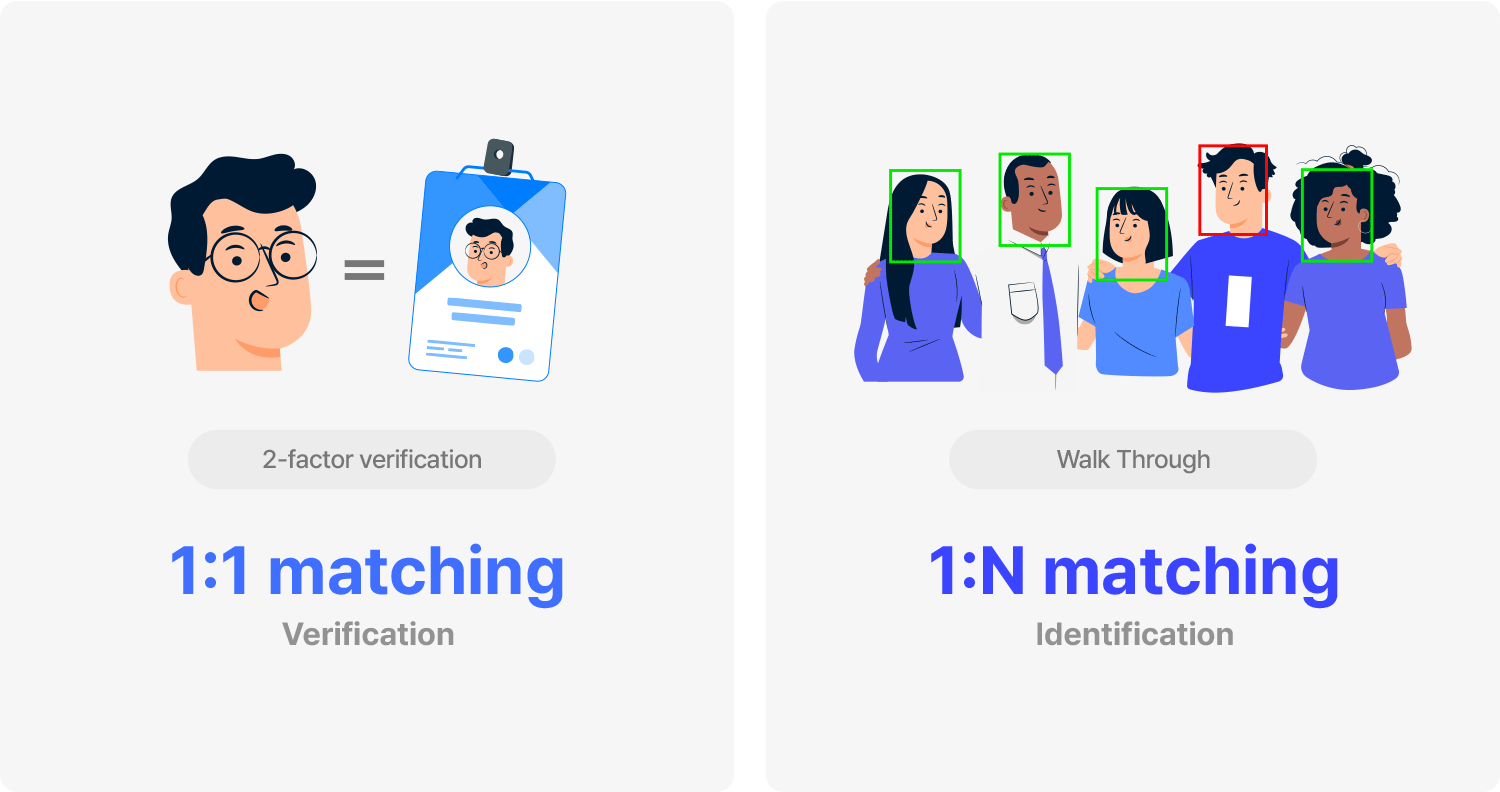
- 1:1 matching: Comparing A to A, contrasting input ID with a specific ID.
- 1:N matching: Comparing A against the whole ID database, contrasting the input ID with all others.
* 1:1 matching is used when there is only one face to compare. It is a method of determining if the person who wants to log in is the same person as the user. There is only one set of feature vectors when comparing the real-time face with the registered face, so the speed is faster than 1:N matching.
* On the other hand, 1:N matching is when there are N-amount of faces to be compared, so the face of the person logging in must be compared against all unique IDs within the database. The more parameters of N, the longer the process takes and the less accurate it is.
Endless Application of Face Recognition AI
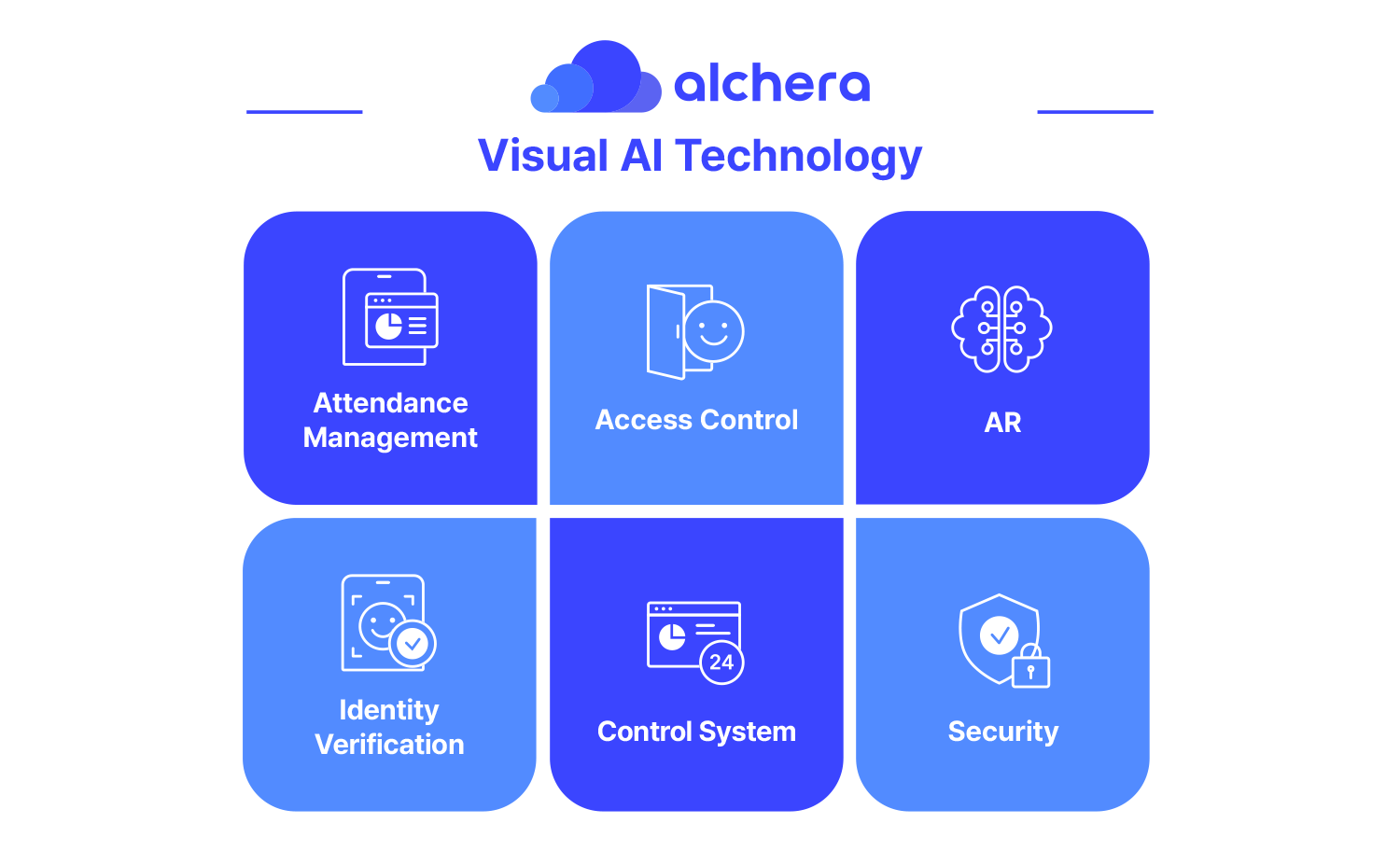
Alchera's Face Recognition applications provide solutions across multiple fields and are expanding their usage constantly. For instance, it can be optimized for self-certification and identity verification in the areas of security and fintech. Facial recognition enables fast, accurate, and high-level security in fields from access management to financial services. Alchera's technology and its AI have been recognized as successful by numerous key parties, which has allowed the company to expand into an array of industries such as healthcare and environmental care.
As the company with the world's top-tier image recognition AI technology, Alchera is proving its competitiveness through actual integration and performance in the market. Alchera’s technology is applied to more than 312 million cameras all over the world. In Korea, more than 20 million people (more than a third of the population) are utilizing Alchera’s solutions.
In short, those interested in the market should keep their eyes on Alchera and its world-changing Face Recognition technology: The NEXT Killer app.
...
...
